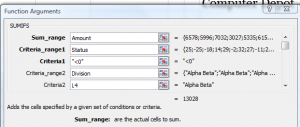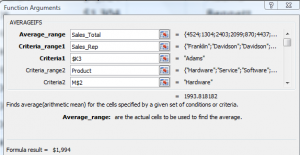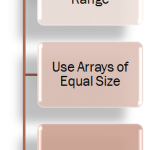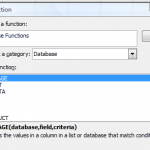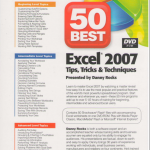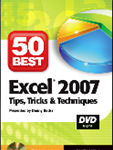I receive many requests from viewers to help them to create and to analyze “Accounts Receivable Reports.” So, I created this Excel Video tutorial to demonstrate how both the SUMIF and the SUMIFS Functions can help you to analyze the data in an AR Status Report.
The SUMIF() Function has been available for many years in Excel – and it is a great function to use. However, starting in Excel 2007, we now have the expanded SUMIFS Function which allows us to evaluate multiple ranges using multiple criteria to return the sum of our results. This is a terrific improvement!
Use SUMIFS() Function
With the SUMIFS Function, you no longer have to create multiple, complicated “nested IF Functions. Rather. you use a series of “paired arguments” – Criteria Range1, Criteria1″ etc. to define the result that you want to return.
So, with the SUMIFS() Function, you can use “paired” Criteria Ranges and Criteria to produce the exact results that you are seeking!
This, alone, may be one of the reasons to upgrade to either Excel 2007 or to Excel 2010!
Watch this Video in High Definition mode on YouTube
Here is the link to view this Excel lesson in High Definition on my YouTube Channel
You can learn how to “Master Excel in Minutes – Not Months!”
 How to Use the SumIf and SumIfs Functions in an Accounts Receivable Status Report [ 9:21 ] Play Now | Play in Popup | Download (996)
How to Use the SumIf and SumIfs Functions in an Accounts Receivable Status Report [ 9:21 ] Play Now | Play in Popup | Download (996)